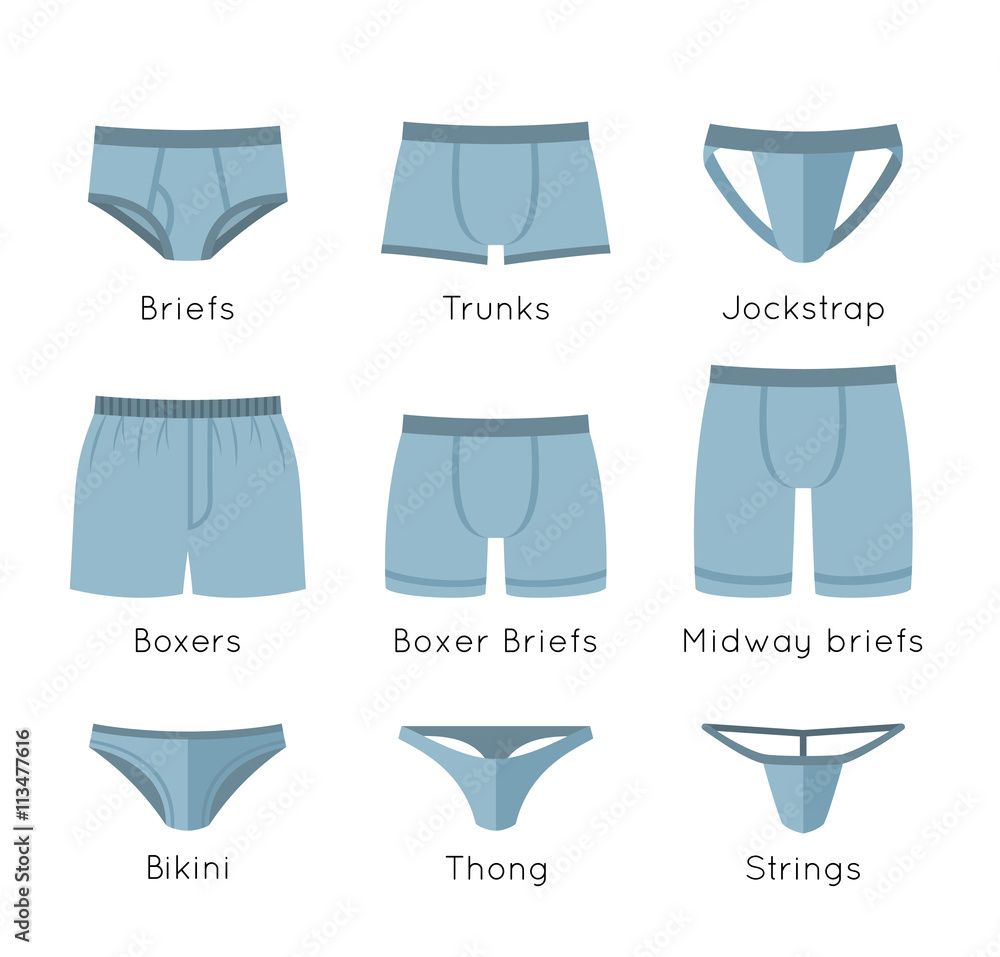Different Types Of Briefs: Styles And Their Uses

Table of Contents
Design Briefs: Visualizing Success
Design briefs serve as the cornerstone of any successful design project. They bridge the gap between client vision and designer execution, ensuring everyone is on the same page. Two key types dominate the field: creative briefs and technical briefs, often complemented by a broader project brief.
Creative Briefs: Unleashing Creative Potential
Creative briefs focus on the creative vision, target audience, and the desired outcome of a design project. They're the heart of inspiring and effective design.
-
Key Elements:
- Brand guidelines (logo usage, color palettes, typography)
- Mood boards (visual representations of the desired aesthetic)
- Target audience demographics (age, gender, interests, lifestyle)
- Brand voice and messaging
- Key messages and calls to action
-
Examples of Successful Creative Briefs: A well-written creative brief for a website redesign might include detailed descriptions of the user experience, competitor analysis, and specific calls to action. For a logo design, the brief might include examples of competitor logos and a detailed description of the desired brand personality.
-
Common Pitfalls to Avoid: Vague objectives, unclear target audiences, and a lack of relevant examples can derail a creative project. Ensuring clarity and providing sufficient detail is essential.
Technical Briefs: The Technical Specifications
Technical briefs delve into the technical specifications and requirements of a design project. They ensure the design is feasible and aligns with the available resources.
-
Technical Requirements:
- Software compatibility (Adobe Creative Suite, Sketch, Figma)
- Hardware requirements (processor speed, RAM)
- File formats (AI, PSD, SVG)
- Accessibility considerations (WCAG compliance)
-
Constraints:
- Budget limitations
- Time constraints (deadlines)
- Technical limitations (e.g., browser compatibility)
-
Examples of Effective Technical Briefs: A technical brief for a mobile app might detail the specific operating systems and screen sizes to be supported, along with the necessary coding languages and frameworks.
Project Briefs: The Big Picture
Project briefs provide a high-level overview of the entire design project, encompassing timelines, deliverables, and communication protocols.
- Project Goals: A clear and concise statement of the project's overall objectives.
- Key Milestones: Important checkpoints and deadlines throughout the project lifecycle.
- Deliverables: A list of all the final outputs expected from the project (website designs, marketing materials, etc.).
- Communication Protocols: Established methods and channels for communication between the client and the designer.
Marketing Briefs: Reaching Your Audience
Marketing briefs are essential for guiding marketing campaigns and ensuring their alignment with overall business objectives. They help to define the strategy, target audience, and desired outcomes. They fall into several categories.
Marketing Strategy Briefs: The Roadmap to Success
Marketing strategy briefs outline the overall marketing strategy and objectives for a business or product. They provide a high-level roadmap for all marketing activities.
- Marketing Goals: Increase brand awareness, drive sales, generate leads, improve customer loyalty.
- Target Audience Segmentation: Defining specific customer groups based on demographics, psychographics, and behavior.
- Key Performance Indicators (KPIs): Metrics used to measure the success of the marketing strategy (website traffic, conversion rates, social media engagement).
Campaign Briefs: Specific Marketing Efforts
Campaign briefs focus on specific marketing campaigns and their execution. They provide detailed instructions for the implementation of specific initiatives.
- Campaign Objectives: Clearly defined goals for the campaign (e.g., increase website traffic by 20% in one month).
- Target Audience: A detailed description of the specific audience the campaign is targeting.
- Messaging: The key messages that will be communicated in the campaign.
- Channels: The specific marketing channels that will be used (social media, email marketing, paid advertising).
- Budget Allocation: A breakdown of the budget allocated to different aspects of the campaign.
- Timeline: A detailed timeline for the execution of the campaign.
Content Briefs: Crafting Compelling Content
Content briefs guide the creation of specific content pieces, ensuring consistency and effectiveness.
- Topic: The subject of the content.
- Target Audience: The intended readers or viewers of the content.
- Keywords: Relevant keywords to improve search engine optimization (SEO).
- Desired Tone: The overall tone and style of the content (formal, informal, humorous, etc.).
- Length: The desired length of the content (word count, video duration).
- Call to Action: A clear instruction prompting the audience to take a specific action.
Legal Briefs: Presenting a Case
Legal briefs are formal documents used in legal proceedings to present arguments and evidence. They are essential for effectively communicating legal positions.
Appellate Briefs: Arguments for the Appellate Court
Appellate briefs are submitted to an appellate court to argue a case after a trial court ruling.
- Statement of Facts: A concise summary of the key facts of the case.
- Legal Arguments: Detailed legal arguments supporting the appellant's position.
- Case Precedents: Relevant case law and legal authorities supporting the arguments.
Trial Briefs: Preparing for Trial
Trial briefs are used to prepare for trial, organizing evidence and outlining the case strategy.
- Summary of the Case: A clear and concise summary of the case, including the relevant facts and legal issues.
- Witness Lists: A list of witnesses who will testify at trial, along with a summary of their expected testimony.
- Evidence Summaries: Summaries of the evidence that will be presented at trial.
Motions and Memoranda: Supporting Specific Requests
Motions and memoranda are legal documents supporting specific requests made to the court.
- Statement of the Motion: A clear statement of the specific request being made to the court.
- Legal Basis: The legal arguments supporting the request.
- Requested Relief: The specific outcome being sought from the court.
Conclusion
This exploration of different types of briefs highlights their vital role across diverse professions. From the visual storytelling of design briefs to the strategic planning of marketing briefs and the precise legal arguments of legal briefs, understanding and mastering these formats is paramount for effective communication and project success. The appropriate use of each type of brief ensures clarity, efficiency, and ultimately, the achievement of project goals. Mastering the art of different types of briefs is crucial for success – start crafting impactful briefs today!

Featured Posts
-
 Bangladesh Poised For A Challenging Second Test Against Zimbabwe
May 23, 2025
Bangladesh Poised For A Challenging Second Test Against Zimbabwe
May 23, 2025 -
 Unpacking The Netflix Cobra Kai Karate Kid Universe
May 23, 2025
Unpacking The Netflix Cobra Kai Karate Kid Universe
May 23, 2025 -
 From Humble Beginnings How The Who Chose Their Name
May 23, 2025
From Humble Beginnings How The Who Chose Their Name
May 23, 2025 -
 Official Zak Starkey Back As The Who Drummer Says Pete Townshend
May 23, 2025
Official Zak Starkey Back As The Who Drummer Says Pete Townshend
May 23, 2025 -
 New And Returning Netflix Series Your Watchlist For May 18 24
May 23, 2025
New And Returning Netflix Series Your Watchlist For May 18 24
May 23, 2025
Latest Posts
-
 Urgent Action Needed Swiss Mountain Village At High Landslide Risk
May 23, 2025
Urgent Action Needed Swiss Mountain Village At High Landslide Risk
May 23, 2025 -
 Swiss Livestock Evacuation Helicopter And Ground Teams Respond To Landslide Risk
May 23, 2025
Swiss Livestock Evacuation Helicopter And Ground Teams Respond To Landslide Risk
May 23, 2025 -
 Swiss Farmers Evacuate Livestock As Landslide Threat Looms Over Alpine Village
May 23, 2025
Swiss Farmers Evacuate Livestock As Landslide Threat Looms Over Alpine Village
May 23, 2025 -
 Serious Landslide Threatens Historic Swiss Mountain Village
May 23, 2025
Serious Landslide Threatens Historic Swiss Mountain Village
May 23, 2025 -
 Alpine Village Faces Landslide Danger Livestock Rescue Underway Via Helicopter And Ground
May 23, 2025
Alpine Village Faces Landslide Danger Livestock Rescue Underway Via Helicopter And Ground
May 23, 2025
